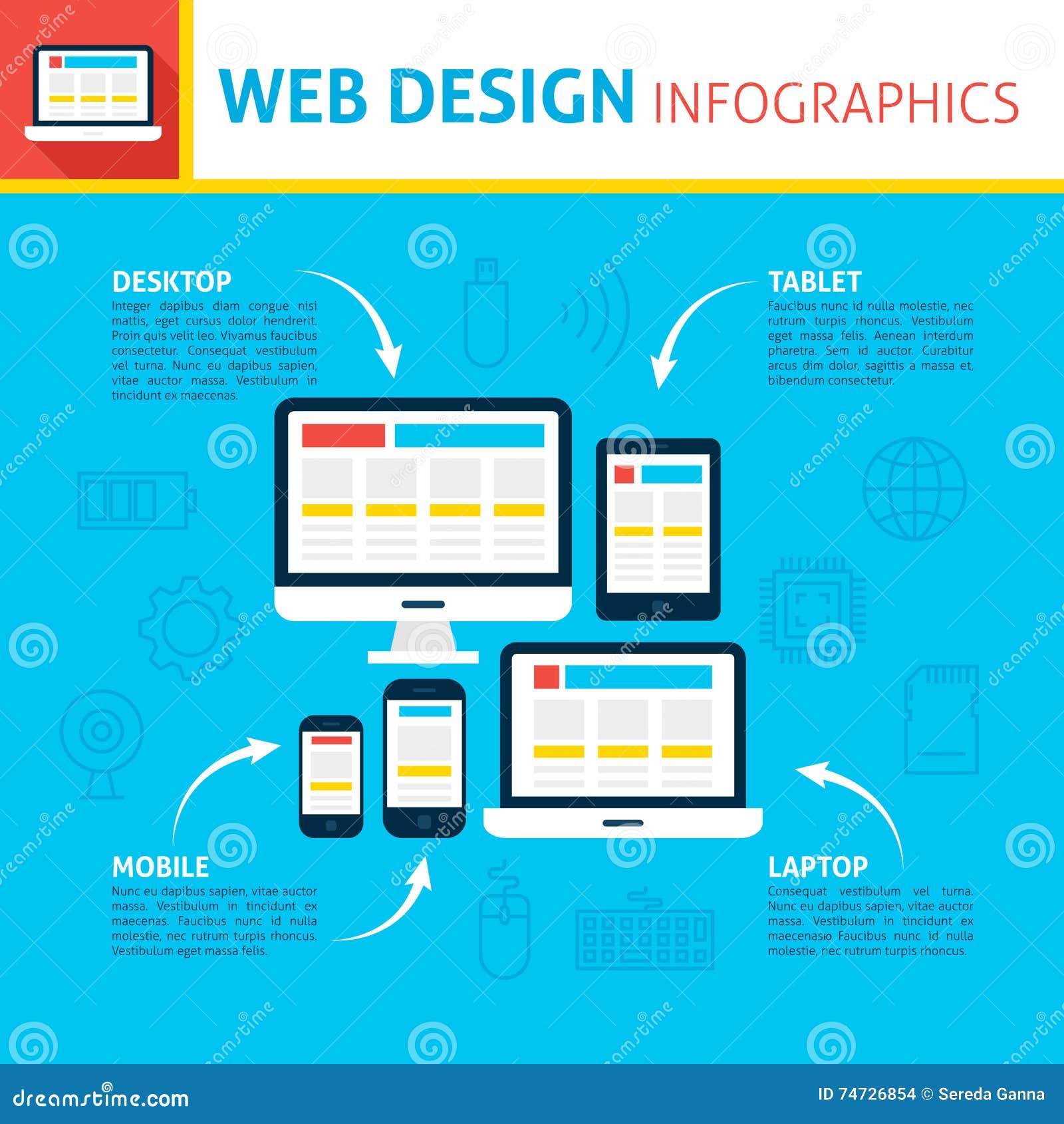Intrigued In Finding Out Exactly How Web Site Style Has Progressed Over The Years? Check Out The Trip From Standard, Uncomplicated Layouts To User-Centric User Interfaces That Prioritize The Site Visitor'S Experience
Intrigued In Finding Out Exactly How Web Site Style Has Progressed Over The Years? Check Out The Trip From Standard, Uncomplicated Layouts To User-Centric User Interfaces That Prioritize The Site Visitor'S Experience
Blog Article
Content Writer-Carstens Dodson
In the past, web sites were straightforward and focused on details. Navigating was straight, and design was for desktops. Now, individual experience is vital. Information overviews designs for easy navigating. Responsive formats match different tools. Today, dark mode decreases stress, and minimal menus improve navigating. Interactive features involve customers, and strong visuals stand out. AI assimilation improves interaction. See how layout has evolved to boost your on-line trip.
Very Early Days of Web Design
In the early days of web design, simpleness preponderated. Web sites were fundamental, with limited colors, fonts, and layouts. The focus got on supplying details as opposed to flashy visuals. Individuals accessed the internet via slow-moving dial-up connections, so speed and performance were essential.
Navigation food selections were straightforward, usually located on top or side of the page. click this were created for desktop computers, as mobile surfing wasn't yet common. Material was king, and designers prioritized easy readability over complicated layout aspects.
HTML was the main coding language utilized, and developers needed to work within its constraints. Animations and interactive attributes were minimal contrasted to today's requirements. Internet sites were static, with little vibrant content or individualized individual experiences.
Rise of User-Focused Design
With the development of website style, a change in the direction of user-focused style concepts has actually ended up being significantly famous. Today, creating websites that focus on customer experience is crucial for involving site visitors and accomplishing business goals. User-focused design includes comprehending the demands, preferences, and actions of your target market to customize the internet site's layout, material, and includes as necessary.
Developers now perform extensive research, such as individual studies and functionality screening, to collect insights and responses directly from individuals. This data-driven strategy helps in creating intuitive navigating, clear calls-to-action, and aesthetically attractive user interfaces that reverberate with site visitors. By positioning the individual at the center of the design procedure, sites can provide an extra personalized and delightful experience.
Receptive style has actually likewise become an essential facet of user-focused style, ensuring that websites are enhanced for different devices and screen sizes. This flexibility enhances ease of access and use, accommodating the diverse methods customers interact with internet sites today. In essence, the surge of user-focused layout indicates a shift in the direction of developing digital experiences that focus on the needs and assumptions of the end customer.
Modern Trends in Web Design
Explore the current patterns forming web design today. One prominent pattern is dark setting design, offering a smooth and modern-day look while reducing eye strain in low-light settings. One more essential pattern is minimalist navigation, simplifying menus and improving individual experience by focusing on essential elements. Including micro-interactions, such as animated buttons or scrolling effects, can develop an extra appealing and interactive website. Receptive design continues to be vital, guaranteeing seamless individual experiences across numerous devices. Additionally, using strong typography and asymmetrical layouts can add aesthetic interest and draw attention to specific web content.
Incorporating AI innovation, like chatbots for customer support or individualized recommendations, improves individual engagement and streamlines procedures. Ease of access has likewise end up being a considerable trend, with designers prioritizing inclusive style methods to cater to diverse customer demands. Embracing sustainability by enhancing site performance for rate and effectiveness is an additional emerging trend in web design. Working together with customer feedback and information analytics to repeat and enhance layout continuously is crucial for remaining pertinent in the ever-evolving electronic landscape. By welcoming these modern-day patterns, you can produce a visually attractive, straightforward website that resonates with your target market.
Final thought
As you review the advancement of site style from the very early days to now, you can see exactly how user-focused style has actually come to be the driving pressure behind contemporary fads.
Welcome https://cristiannhbwq.blog-kids.com/30094998/mastering-the-art-of-social-network-advertising-and-marketing-idea-for-success of change and adjustment in web design, always maintaining the customer experience at the center.
Keep existing with the most recent trends and technologies, and never stop developing your method to develop visually magnificent and user-friendly sites.
Evolve, adapt, and develop - the future of web design is in your hands.
